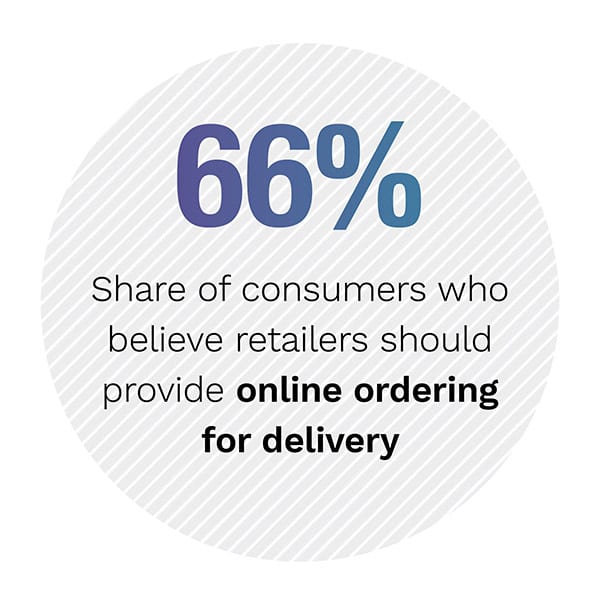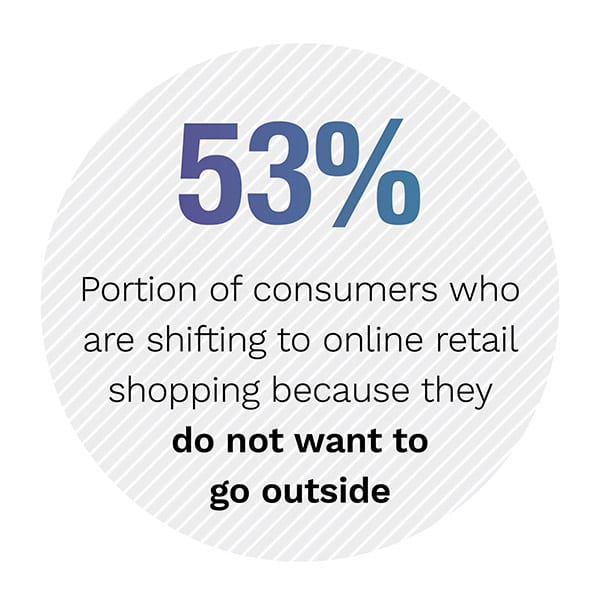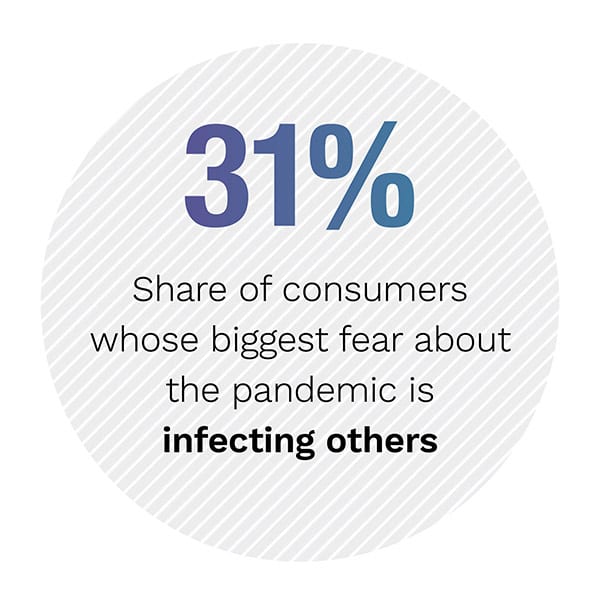
The average United States consumer believes the pandemic will not come to an end until Sept. 19, 2021. That is 339 days from now, and 557 days after the pandemic was first declared on March 11, 2020.
 Back on March 11, the average consumer expected the pandemic to be over and for their lives to return to normal by July 27, 2020, roughly three months ago. It goes without saying that no one knows just how long it will be before the risk of contagion is over, but it is nevertheless clear that consumers do not expect to be returning to their pre-pandemic routines anytime soon, and many have no intention to ever go back to living their lives as they did before.
Back on March 11, the average consumer expected the pandemic to be over and for their lives to return to normal by July 27, 2020, roughly three months ago. It goes without saying that no one knows just how long it will be before the risk of contagion is over, but it is nevertheless clear that consumers do not expect to be returning to their pre-pandemic routines anytime soon, and many have no intention to ever go back to living their lives as they did before.
PYMNTS research shows that 41.9 percent of all U.S. consumers have gone from retail shopping in stores to shopping online since the pandemic began, while 16.6 percent have shifted from grocery shopping in stores to doing so online. There are also 23 percent who have taken up a remote working arrangement and 15.6 percent of them have gone online to order takeout or delivery from restaurants where they used to dine. Eight out of 10 of these consumers plan to keep these changes in routine, even after the pandemic has subsided.
With so many consumers committed to maintaining their digital-first lifestyles, retailers are facing a potentially permanent disruption in their foot traffic. How can they change their business models to better service consumer’s new shopping and payments needs in the market that will emerge in the pandemic’s aftermath?
This is only one of the questions PYMNTS seeks to answer in The Emerging Post-COVID-19 Consumer: Mapping The Evolution Of Consumers’ Shifting Payments Preferences. PYMNTS surveyed a census-balanced panel of 2,157 U.S. consumers about how they are shopping and paying for food, groceries and retail products amid the pandemic and how they plan to keep doing so into the future. We also examine what retailers can do to give themselves a competitive edge as consumers continue to rely on digital channels to manage their everyday lives.
 PYMNTS research shows that although consumers first began shifting to shopping and paying online out of necessity, they are now continuing to do so by choice. More consumers than ever now say that they plan to continue shopping online because their retailers’ digital capabilities work better than they did before. This is the case for more than half of consumers who have switched to shopping for groceries online and more than a fifth of those who have switched to retail shopping online.
PYMNTS research shows that although consumers first began shifting to shopping and paying online out of necessity, they are now continuing to do so by choice. More consumers than ever now say that they plan to continue shopping online because their retailers’ digital capabilities work better than they did before. This is the case for more than half of consumers who have switched to shopping for groceries online and more than a fifth of those who have switched to retail shopping online.
Even with these improvements, health concerns still weigh heavily on consumers’ minds, however. About four in 10 of all consumers now say they would choose to shop with merchants based solely on their digital capabilities because they worry they might otherwise catch the virus. This goes to show just how critical it will be for retailers to provide the digital capabilities they need to make sure their customers feel safe.
These are only a few of the countless factors that merchants must keep in mind when determining how their businesses can better serve their customers in the mid-pandemic market and beyond. The Emerging Post-COVID-19 Consumer: Mapping The Evolution Of Consumers’ Shifting Payments Preferences survey details how.
To learn more about how consumers’ payments and shopping preferences continue to evolve as the pandemic progresses and what it means for the post-pandemic economy, download the report.